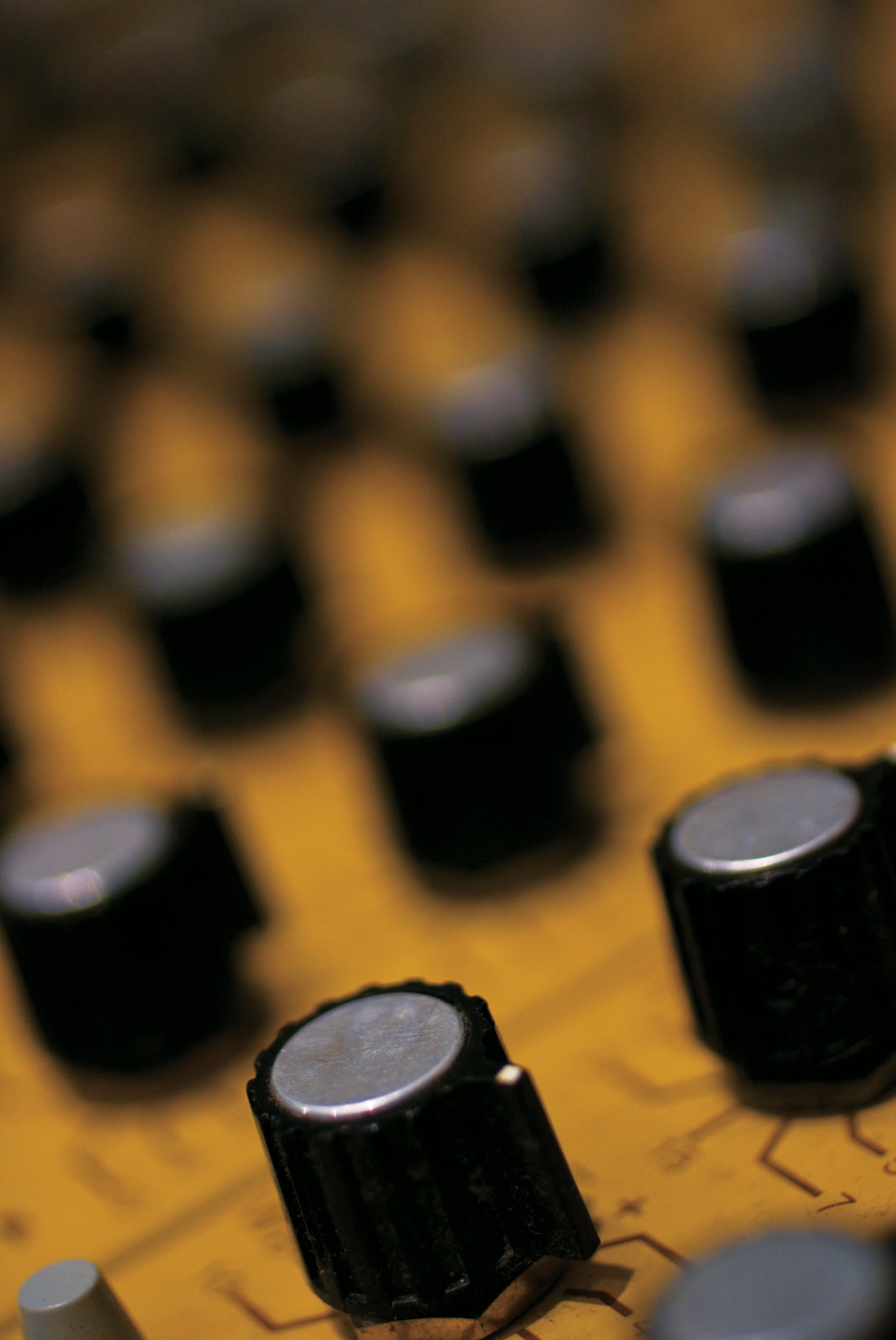Prepare to be impressed with a single word-transimpedance. What the hell does that mean? I think it's best explained by Michael Grace; refer to "Behind the Gear" in Tape Op #61 (also available on Grace Design's website under reviews). After reading his explanation and using several Grace products-the m101, the m902 and the m904b (#41)-I feel that transimpedance amplifier architecture offers a musical quality without that integrated circuit graininess characterized in most solid state gear; it's transparent, full, and realistic.
The m101 preamp landed on my desk while recording basic tracks at JB's studio, The Hangar. Given the limited budget of the project I was producing, John thought the Grace would be a good choice for finishing overdubs at my home studio. Admittedly, first impressions on the build are deceptive; the unit weighs not much over 3 lbs. But I've since learned the low weight is due to the aluminum chassis, chosen for its non-magnetic and RF-shielding properties.
I racked the half-width m101 (a really tight fit into a 1RU tray) and worked it hard. During overdubs, I used the preamp's ribbon mode with a Shure 330 ribbon mic on upright bass. When engaged, the ribbon button disables 48 V phantom power and bypasses the circuit's decoupling capacitors, and it raises impedance to 20k Ohms to better match a ribbon mic's output. Ribbon mode gave me enough gain, without loss of high frequencies, to place the mic where my ear liked it (2.5 ft from the source). Gain topped out at 65dB. I moved the mic 6" further away, and cranked the trim. At 75 dB, there was some clipping, so I split the distance and backed off the trim. The fast, smooth response of the Grace offered a nice blend of string and wood. Using the same mic and spacing for vocals, I was really able to capture the performance without any ribbon "murkiness" while minimizing proximity effect, headphone bleed, and sibilance. Still in ribbon mode, I recorded acoustic guitar with an SM57 mic. The same high impedance tailored for ribbon mic'ing really helped the dynamic mic capture a guitar track that remained focused in the mix without seeming brassy or harsh. In standard (non-ribbon) mode with condenser mics, the Grace really proved itself as a utility preamp. The m101 easily revealed individual microphone characteristics, allowing me to make quick adjustments. Dynamics in performance were captured transparently. Violins and classical strings "sang". Handclaps were snappy and even. The complexities and nuances of recorded vocals "played out" in the mix. When performed at listening volume, guitar amps held their true character. I like a little grain from preamps when recording rock electric guitars, so the m101 wasn't a good match for me with louder guitar amps. As an electric bass DI, the Grace offered quick transient response.
Close mic'ing will always be a trade-off for most home studios, but the m101's headroom allows for more placement choices. The high-pass filter is handy against the rumble from UPS trucks and common street noise.
Whether you are looking to step up from a consumer-grade preamp or are interested in adding some transparent fidelity to your rack, the m101 should be one of your first purchase considerations.
($695 MSRP; www.gracedesign.com)
Tape Op is a bi-monthly magazine devoted to the art of record making.




_disp_horizontal_bw.jpg)